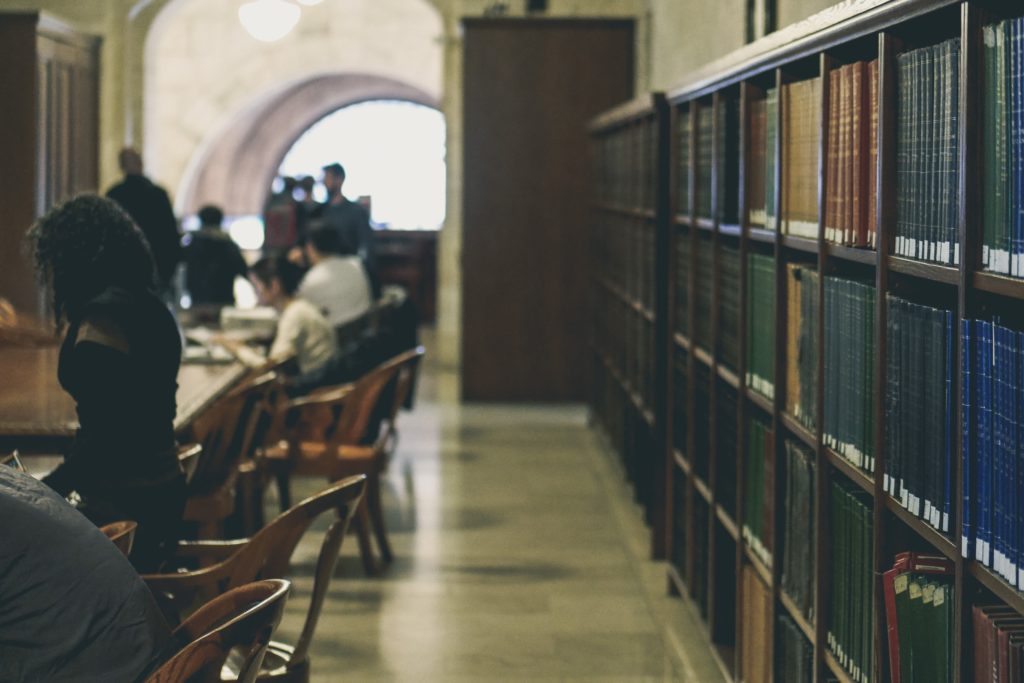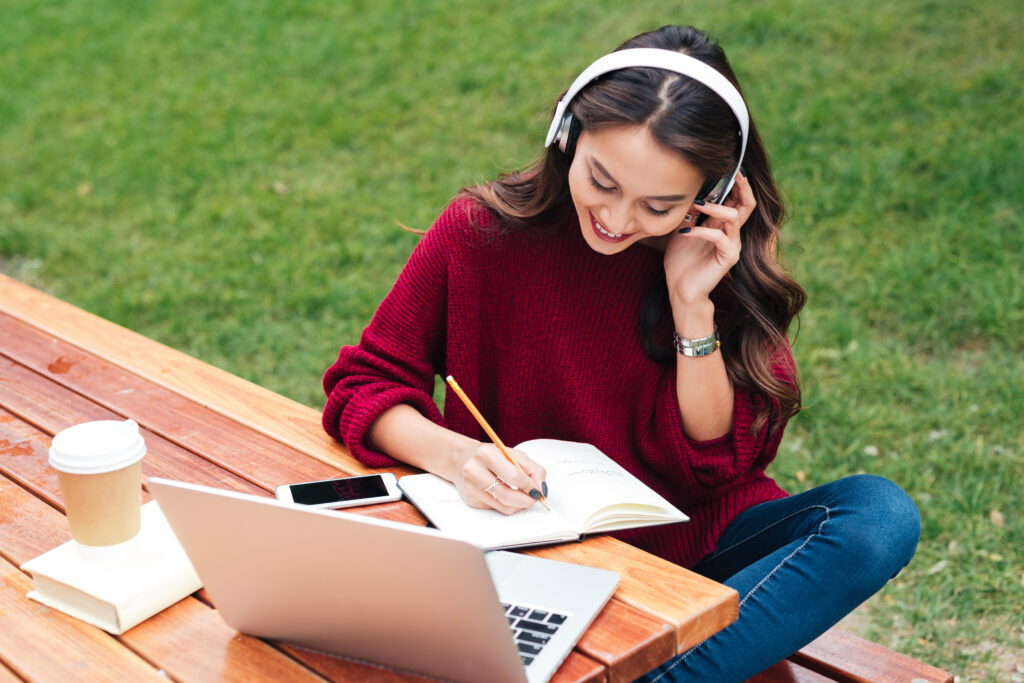The library is a fantastic place to study and learn. It can be an invaluable source of information when it comes to researching assignments, improving your language skills, and providing you with the tools needed to enhance your international student experience.
Australia has a fantastic network of public libraries across all states. By joining one, you’ll have access to an extensive catalogue of print, electronic, and multimedia resources, as well as free wi-fi, computers, printing services, study spaces, groups and classes, and much more.
If you’re wondering how libraries in Australia work and what they can offer you, read on to discover how the library can be your best friend when it comes to studying.
How To Get A Library Card
The first thing you’ll need to do is get a library card. It’s a simple process that’s similar no matter which Australian city you’re studying in. Membership is free and open to anyone who is currently living in Australia. All you will need to provide is proof of a current Australian residence and a form of ID, such as a passport or driver’s licence. In most cases, you can fill out an application form online and pick up your card from the nearest branch.
Once approved, you’ll have access to the entire library collection. You’ll need your card every time you want to borrow items and use the library’s services.
Use Libraries For Research and Assignments

If you have an assignment coming up, libraries should be your starting point for researching information. The library is packed full of print and digital resources including books and e-books, journals, articles, newspapers, magazines, images, film, audio, and much more.
Use the library catalogue to find the right publication by searching for your topic. If you require a print resource, you’ll find a code next to the title in your search. This is called a ‘call number’, which you’ll need to locate your resource on the shelf. The call number is determined by the topic of the print resource, so resources on similar topics will be grouped together. E-books can be loaned straight from your electronic device.
The online library contains even more research opportunities. You’ll have access to numerous digital databases stocked with full-text articles and e-journals on a huge range of topics. These are usually organised alphabetically and you can use the search bar to refine your search.
Libraries are also great archives for primary sources. You can locate historical documents, photographs, newspapers, diaries, interviews and more in print and digital formats. Search for them via the online catalogue or in the library.
Don’t forget to ask the library staff if you need help locating anything – they’re experts at finding information!
Foreign Language Book and Media Sections
In Australian libraries, you’ll likely find a section devoted to foreign language books and media resources. These can include print books, e-books, e-audiobooks, DVDs, CDs, newspapers, and magazines available in several different languages. So, not only is the library a great place to find information for your next exam or assessment, but it’s also fantastic for finding entertainment options in your native language.
Free Services
One of the biggest advantages of using public libraries is making use of the free services. You can access free wi-fi with your library card using your own device or any of the library computers.
Study rooms are another free service. These rooms are an ideal way to work on assignments in a quiet and private environment free from distractions. Study rooms can be booked online for individual or group study sessions and used for up to three hours per day in most libraries.
There are also printing, photocopying, and scanning services available. You’ll need to pay per sheet, but costs are minimal and can be paid by loading money onto your library card. This can usually be done online or at the kiosks in the library.
Groups and Classes

One of the best things about Australian libraries is that you can find free groups and classes all year round on a wide range of topics.
Many Australian libraries host regular English conversation groups for those wanting to practise their English language skills in a friendly, informal setting. As a member, classes are free and are an effective way to boost your confidence and gain support from fellow English-learners.
You’ll also have the chance to improve your computer skills with digital literacy classes. You can find beginner topics such as computer and email basics, Word, and Excel, through to more advanced topics like blogging and website creation.
Access hundreds of films
We bet you didn’t know about this. Kanopy is a free streaming service (a little like Netflix) that can be accessed simply by having a library card from a participating public library. You can access hundreds of major-release, arthouse and independent films, as well as documentaries, with more and more being added each month.
University Libraries
While public libraries are important, don’t forget about your on-campus library. These libraries offer similar services to public libraries, including access to catalogues, databases and archives containing countless print and digital resources, study rooms, wi-fi, and printing services. Often, on-campus libraries will have additional services for students, such as orientation tours, detailed referencing and research guides, study workshops, and a broader selection of databases for specialist subjects.
Where to find libraries in Australia
To find your nearest public library, click on your state below:





